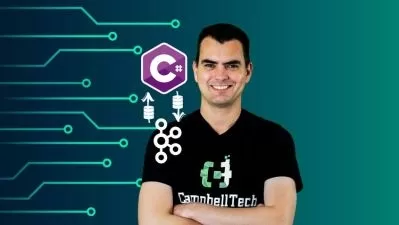Microservices: Getting Started
Floyd May
3:02:07
Description
This course provides a general overview of microservices: the benefits, the risks, the tradeoffs, and how to decide whether or not they're the right choice for your situation.
What You'll Learn?
Microservices can help solve problems of scale, complexity, and governance. In this course, Microservices: Getting Started, you'll learn foundational knowledge of what microservices are, their benefits, complexities, and risks, and how to evaluate whether or not they might help you. First, you'll learn what kinds of problems they can solve. Next, you'll discover how to choose between synchronous and asynchronous communications architectures, and the concerns involved in building and running resilient microservices in production. Finally, you'll explore how to evaluate whether or not your organization is capable of adopting microservices successfully. When you're finished with this course, you'll have the knowledge of how to move forward with microservices, how much, and at what level of sophistication.
More details
User Reviews
Rating
Floyd May
Instructor's Courses
Pluralsight
View courses Pluralsight- language english
- Training sessions 39
- duration 3:02:07
- level preliminary
- Release Date 2023/12/08











